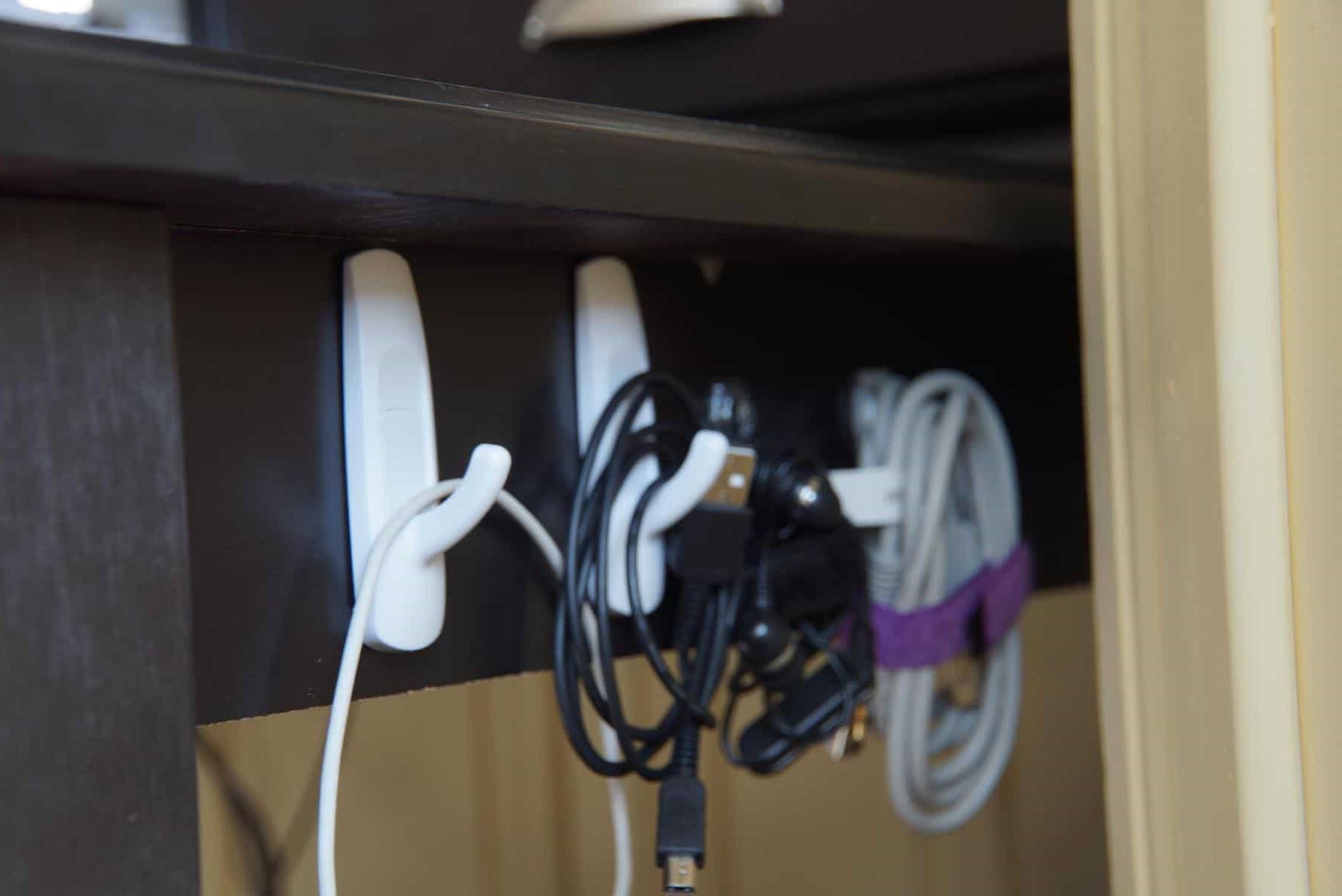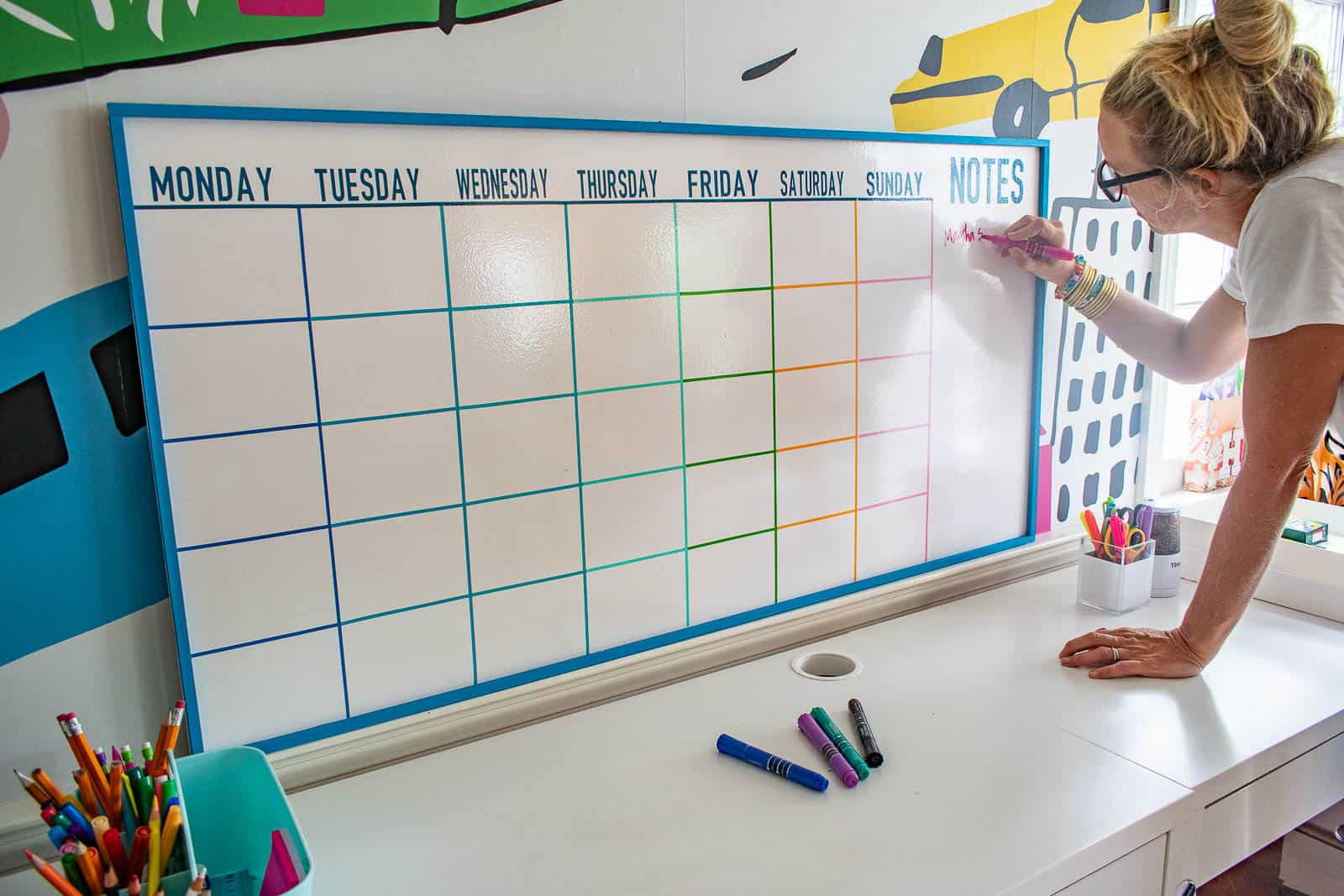Home>Renovation & DIY>Home Renovation Guides>How To Organize A Notebook


Home Renovation Guides
How To Organize A Notebook
Published: March 3, 2024
Discover expert tips for organizing your notebook with our comprehensive home renovation guides. Streamline your project planning and stay on top of every detail.
(Many of the links in this article redirect to a specific reviewed product. Your purchase of these products through affiliate links helps to generate commission for Storables.com, at no extra cost. Learn more)
Introduction
Organizing a notebook may seem like a simple task, but it can make a world of difference in keeping your thoughts, ideas, and plans in order. Whether you're a student, a professional, or just someone who loves to jot down notes, having a well-organized notebook can help you stay on top of your tasks and goals. In this article, we'll explore some tips and tricks to help you organize your notebook effectively. So, grab your favorite notebook and let's get started!
Key Takeaways:
- Choose the right notebook size, binding, paper quality, cover, and page style to match your needs and preferences for effective organization and productivity.
- Use color coding, labels, and regular maintenance to visually streamline your note-taking process, keep your notebook organized, and maintain a clear and efficient system.
Read more: How To Organize Lab Notebook
Choosing the Right Notebook
When it comes to organizing a notebook, the first step is to choose the right one for your needs. Here are some factors to consider when selecting the perfect notebook:
-
Size: Consider the size of the notebook that will best suit your needs. If you plan to carry it around in a bag or backpack, a smaller, more portable size might be ideal. However, if you need plenty of space for detailed notes and diagrams, a larger notebook could be more suitable.
-
Binding: Choose between spiral-bound, stitched, or glued binding based on your preferences. Spiral-bound notebooks allow for easy flipping of pages, while stitched or glued binding provides a more professional and durable look.
-
Paper Quality: The quality of the paper is crucial, especially if you plan to use various writing instruments. Look for notebooks with thick, high-quality paper to prevent ink from bleeding through and to ensure durability.
-
Cover: Consider the durability and flexibility of the notebook cover. Hardcovers provide better protection for your notes, while softcovers offer flexibility and lightweight portability.
-
Page Style: Decide whether you prefer lined, blank, or grid pages based on your note-taking style. Lined pages are ideal for writing, while blank pages are great for sketching and brainstorming. Grid pages are perfect for organizing information and creating charts.
By considering these factors, you can choose a notebook that aligns with your specific needs and preferences, setting the stage for effective organization and productivity.
Setting Up Sections and Categories
Organizing your notebook into sections and categories is a game-changer when it comes to efficient note-taking and referencing. Here's how to set it up:
-
Identify Your Categories: Determine the main categories or subjects that you'll be taking notes on. For example, if you're a student, your categories might include different subjects like Math, Science, History, and Literature. If you're using the notebook for work, your categories could be specific projects, meetings, or clients.
-
Divide Your Notebook: Allocate specific sections of your notebook to each category. You can use sticky tabs, dividers, or simply leave a few pages blank at the beginning of each section to mark the start of a new category.
-
Label Each Section: Clearly label each section with the corresponding category. You can use colorful sticky notes, write directly on the page, or use adhesive tabs to make it easy to flip to the right section quickly.
-
Create a Key or Legend: If you're using color-coding or symbols to differentiate between categories, create a key or legend at the beginning of your notebook. This will serve as a quick reference guide for your organizational system.
-
Utilize Headers and Subheadings: Within each section, use headers and subheadings to further organize your notes. This will make it easier to find specific information within a category.
By setting up clear sections and categories in your notebook, you'll be able to navigate through your notes effortlessly, stay organized, and boost your productivity.
Use dividers or tabs to separate different sections in your notebook, such as notes, homework, and handouts. This will help you quickly find what you need and stay organized.
Using Color Coding and Labels
Color coding and labeling your notebook can add a visual element to your organization system, making it easier to locate specific information at a glance. Here's how to effectively use color coding and labels in your notebook:
-
Select a Color Scheme: Choose a set of colors that will represent different categories or subjects in your notebook. For example, you might assign the color blue to represent work-related notes, green for personal tasks, and red for urgent matters.
-
Assign Colors to Categories: Once you have your color scheme, assign each category or section in your notebook a specific color. Use colored pens, highlighters, or adhesive tabs to mark the beginning of each section with its corresponding color.
-
Color Code Your Notes: As you take notes, use the designated colors to highlight or underline key points, headings, or important information within each category. This will make it easier to identify and differentiate between different types of information.
-
Use Labels and Stickers: In addition to color-coding, consider using labels or stickers to further categorize and organize your notebook. You can use pre-printed labels or create your own using a label maker to mark important pages or sections.
-
Create a Color Key: To ensure that you remember the meaning of each color, create a color key at the beginning of your notebook. This key will serve as a reference guide, reminding you which color corresponds to each category or type of information.
By incorporating color coding and labels into your notebook organization, you can visually streamline your note-taking process and quickly locate the information you need. This method not only enhances the functionality of your notebook but also adds a personalized and creative touch to your organizational system.
Maintaining and Updating Your Notebook
Maintaining and updating your notebook is essential to ensure that your organizational system remains effective and up to date. Here's how to keep your notebook in top shape:
-
Regular Review: Set aside time at regular intervals to review and update your notes. This could be daily, weekly, or monthly, depending on your needs. During this review, you can add new information, revise existing notes, and ensure that everything is organized according to your system.
-
Remove Unnecessary Items: As you review your notebook, take the opportunity to remove any outdated or irrelevant information. This could include completed tasks, expired reminders, or notes that are no longer relevant to your current goals.
-
Reassess Categories: Over time, your priorities and interests may change, leading to the need for adjustments in your notebook's categories. Periodically reassess your categories and make changes as necessary to better align with your current activities and projects.
-
Update Your Table of Contents: If you've created a table of contents in your notebook, make sure to update it whenever you add new sections or reorganize existing ones. This will serve as a roadmap to your notebook's content and make it easier to locate specific information.
-
Maintenance of Color Coding: If you're using color coding in your notebook, ensure that your color key is up to date and that you consistently apply the designated colors to new notes. This will help maintain the visual organization of your notebook.
-
Replace or Repair: If your notebook shows signs of wear and tear, consider replacing it or making necessary repairs. A well-maintained notebook not only looks professional but also ensures that your notes are preserved for future reference.
By regularly maintaining and updating your notebook, you can ensure that it remains a valuable tool for organizing your thoughts, plans, and ideas. This proactive approach will help you stay on top of your tasks and maintain a clear and efficient organizational system.
Frequently Asked Questions about How To Organize A Notebook
Was this page helpful?
At Storables.com, we guarantee accurate and reliable information. Our content, validated by Expert Board Contributors, is crafted following stringent Editorial Policies. We're committed to providing you with well-researched, expert-backed insights for all your informational needs.
















0 thoughts on “How To Organize A Notebook”